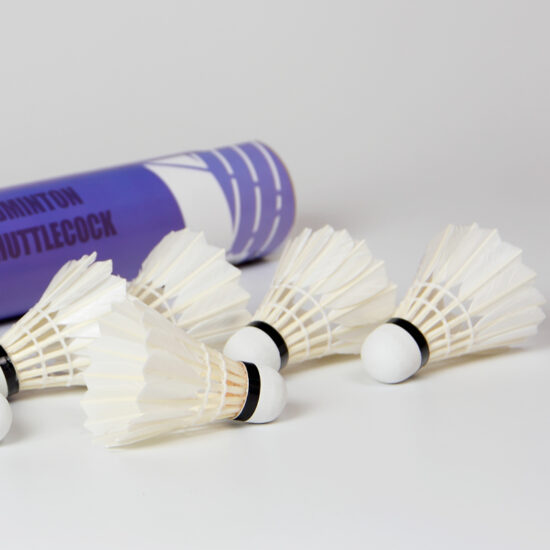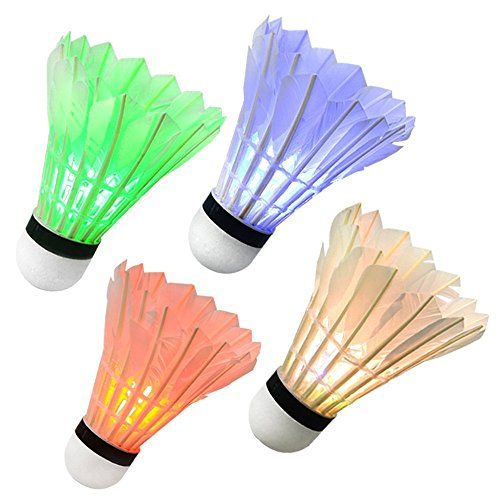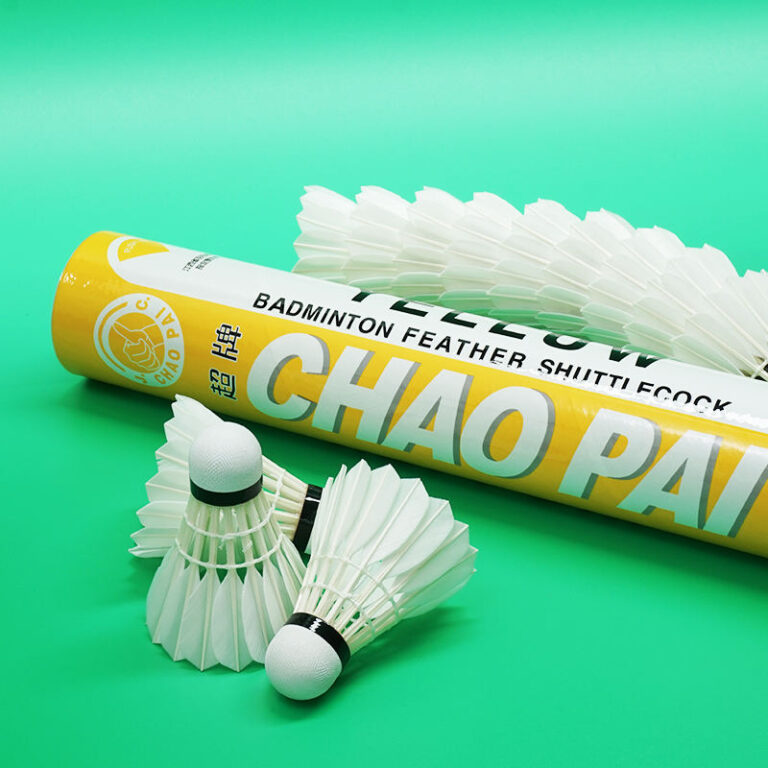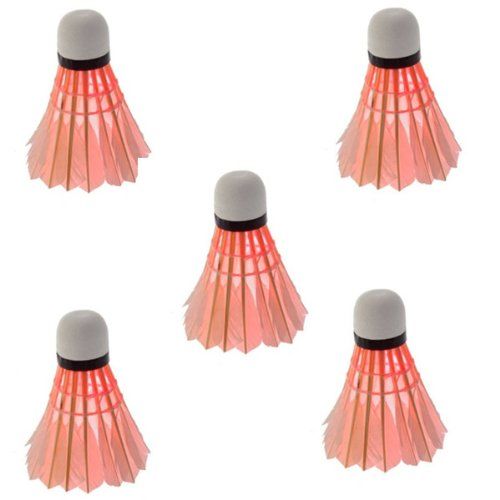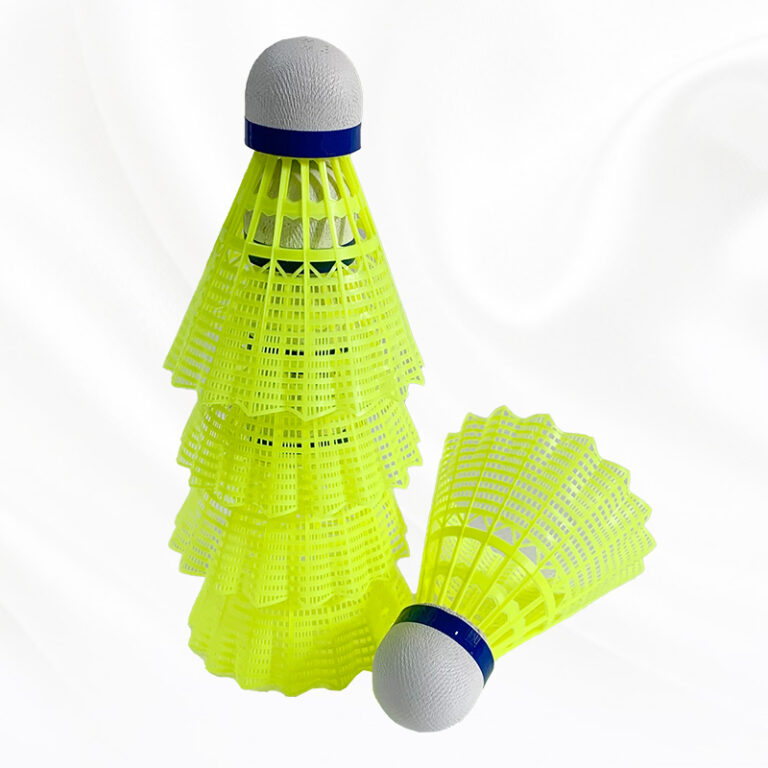jay@nbdho.com
A Complete Guide to Feather Shuttlecock Manufacturing and Quality
Here’s an SEO-optimized blog post for the title: “A Complete Guide to Feather Shuttlecock Manufacturing and Quality”
A Complete Guide to Feather Shuttlecock Manufacturing and Quality
Feather shuttlecocks are essential to the game of badminton, especially in professional and competitive play. But have you ever wondered how they’re made, what defines their quality, and why some perform better than others?
This complete guide breaks down the manufacturing process, key quality factors, and what to look for when choosing a high-performance shuttlecock.
🏭 Step-by-Step: How Feather Shuttlecocks Are Made
1. Feather Selection
- Typically made from goose or duck feathers
- Goose feathers are stronger, more elastic, and preferred for top-tier shuttlecocks
- Only 12–16 feathers from the left wing of a bird are used to ensure consistent curvature and rotation
2. Sorting and Grading
- Feathers are sorted by:
- Length
- Thickness
- Flexibility
- Color
- Higher grades are used for premium shuttlecocks, while lower ones go to training models
3. Shaping and Trimming
- Feathers are cut and shaped into uniform curves
- Edges are trimmed for aerodynamic consistency
4. Drilling and Assembly
- A cork base (often natural cork or a composite) is used
- 16 feathers are drilled into the base by hand or machine, positioned precisely for even spacing
5. Gluing and Binding
- Feathers are glued securely and wrapped with thread or synthetic string to reinforce the structure
6. Drying and Curing
- Shuttlecocks are dried in controlled conditions to ensure durability and prevent feather warping
7. Flight Testing
- Each batch is tested for speed, stability, and rotation
- Bad ones are rejected or downgraded to lower tiers
✅ Key Quality Factors in Feather Shuttlecocks
| Factor | Description |
|---|---|
| Feather Type | Goose > Duck in durability and flight control |
| Feather Grade | Uniformity in size, flexibility, and color improves consistency |
| Cork Base | Natural cork is preferred for accurate bounce and touch |
| Binding Method | Tight, even thread binding improves long-term flight stability |
| Speed Rating | Shuttle speed (76–79) must match altitude and climate for optimal play |
| Durability Testing | High-end shuttles undergo durability and flight testing before packaging |
🔬 Performance vs. Price Tiers
| Shuttlecock Grade | Typical Use | Key Features |
|---|---|---|
| Tournament Grade | Professional matches | Goose feathers, top-tier cork, tested for accuracy |
| Club Grade | Training & club play | Goose or duck mix, decent cork, balanced flight |
| Training Grade | Practice or warm-up | Duck feathers, synthetic cork, less consistent |
🧠 Tips for Buyers
- For match play, always go for goose feather shuttlecocks with natural cork bases
- Check for even feather spacing and tight binding
- Avoid shuttles with loose feathers or inconsistent color/length
- Choose the correct speed rating based on climate (e.g., 77 for standard conditions)
Final Thoughts
Feather shuttlecock manufacturing is a mix of precision, craftsmanship, and quality control. From feather selection to final testing, each detail affects flight, feel, and durability. Understanding the process helps players and coaches choose the right shuttlecock for their game and environment.
Would you like to include behind-the-scenes factory images or customize this post with your brand’s manufacturing highlights?
